Introduction
In the realm of architecture, the ability to visualize designs before they materialize is increasingly recognized as a cornerstone of effective project execution. Architectural rendering serves as a vital bridge between abstract concepts and tangible outcomes, enabling stakeholders to grasp the essence of proposed structures through detailed visual representations.
As advancements in technology continue to reshape the landscape of architectural visualization, the integration of lifelike imagery and immersive experiences becomes paramount. This article delves into the multifaceted significance of architectural rendering, exploring its role in enhancing communication, refining design processes, and ultimately ensuring the successful realization of architectural visions.
From understanding the intricacies of rendering techniques to the strategic advantages of engaging specialized experts, the insights presented here illuminate the transformative power of architectural visualization in contemporary practice.
Understanding Architectural Rendering: Definitions and Importance
Visualization involves the creation of both two-dimensional and three-dimensional visual representations that depict the features of proposed building concepts. This visualization technique is of paramount importance in the architecture and construction sectors, as it enables architectural rendering experts, architects, clients, and stakeholders to envision the final product prior to the commencement of construction. Lifelike CG humans, made possible by advancements in AI, are revolutionizing design visualizations, effectively bridging the gap between realism and the uncanny valley.
Renderings not only convey intent and assess aesthetic qualities but also emphasize potential challenges, turning abstract concepts into tangible visuals that align expectations among all parties involved. This is especially essential in distinguishing between interior and exterior designs, where methods like contrasting artificial lighting indoors with natural sunlight outdoors play an important role. Furthermore, determining the appropriate level of detail in architectural renderings is essential for homeowners and businesses alike, as it significantly enhances communication with architectural rendering experts and eliminates misunderstandings in the plans.
A well-defined level of detail ensures that all parties have a clear understanding of the project scope and expectations. Architectural rendering experts highlight that the advantages of 3D visualizations include enhancing client comprehension, stakeholder communication, and early recognition of issues. Additionally, preliminary conceptual illustrations provide quick visualization, cost-effectiveness, informed decision-making, enhanced communication, and iterative design support.
As the sector develops, the incorporation of sophisticated visualization technologies, along with the increasing dependence on cloud-based collaboration tools—utilized by 62% of design firms—further improves the efficiency and effectiveness of visualization. Importantly, 74% of respondents agree that there should be ethical guidelines governing AI’s use in design, reflecting the evolving landscape of practices. Furthermore, with 70% of architects showing ease in utilizing AI-generated proposal suggestions, it is clear that technology is greatly impacting construction visualization practices.
Understanding these dynamics is crucial, especially as sustainable architecture is forecasted to grow at a CAGR of 7.5% from 2021 to 2028, reflecting the industry’s responsiveness to client priorities for sustainability, with 72% of firms indicating it as a top priority. Additionally, it is essential to acknowledge issues of gender equity within the profession; in 2022, women architects earned 92% of what men earned, highlighting ongoing disparities that need to be addressed.
Key Benefits of Hiring Architectural Rendering Experts for Your Projects
Involving architectural rendering experts offers numerous benefits that can greatly enhance results. The specialized skills and extensive knowledge of architectural rendering experts ensure high-quality renderings that accurately capture intricate design details and materials. With approximately two-thirds of states mandating architects to obtain degrees from one of over 120 accredited institutions, the value of expert knowledge is paramount.
The rise of remote work in the 3D architecture visualization field has further enhanced efficiency and artist productivity, allowing professionals to work flexibly while maintaining high standards of output. Johnson Martin, a seasoned 3D artist, reflects this transition, stating, ‘Personally, I’ve worked my entire career in the 3D industry remotely.’ This shift not only enhances work/life balance for artists but also leads to quicker turnaround times compared to in-house teams, streamlining project timelines effectively.
The proficiency of architectural rendering experts often extends to advanced rendering software and technologies, enabling them to produce visuals that surpass standard capabilities. Importantly, architectural rendering experts contribute to client satisfaction by providing lifelike representations that allow clients to visualize and appreciate designs before they materialize. The role of pre-sales visualization is vital, as it instills confidence in clients and potential investors, generating interest and investment long before the actual initiative begins.
This not only helps in securing funding but also plays a significant role in revenue generation for construction projects. Likewise, detailed interior visuals showcase both functionality and aesthetics, further enhancing marketing effectiveness. A case study focusing on branding and marketing consistency reinforces this point, demonstrating how 3D rendering facilitates the reuse of precise color schemes, thereby reducing the need for multiple professionals during photo shoots.
This not only saves both time and costs but also directly enhances project outcomes and client satisfaction. Additionally, client testimonials underscore the importance of trust and reliability in architectural visualization services, reflecting J. Scott Smith Visual Designs’ commitment to exceeding expectations. For instance, one client remarked, ‘The visuals surpassed our expectations and helped us secure the necessary funding.’
Ultimately, hiring architectural rendering experts can lead to significant advantages in project execution and client relations.
The Role of Technology in Modern Architectural Rendering
The scenery of building visualization has experienced a notable change because of technological progress, which has greatly improved the degree of detail and immersive experiences that architectural rendering experts provide to clients. Leading visualization software such as 3ds Max, V-Ray, and Lumion empowers architects to produce photorealistic images that intricately simulate lighting, shadows, and textures with exceptional precision. When producing visual representations, it is crucial to establish the suitable degree of detail that captures the essence of the concept while also appealing to prospective residents.
Joann Lui notes that about 5 out of 10 architecture firms (45%) are planning to maintain their fees next year, signifying a stable market that relies heavily on quality deliverables. This focus on accuracy is vital, as intricate representations not only embody the essence of creation but also promote a stronger bond between the project and its prospective inhabitants, strengthening community connections from the beginning. Moreover, the integration of virtual reality (VR) and augmented reality (AR) into the architectural rendering process by architectural rendering experts has transformed client engagement by offering immersive experiences that enable them to ‘walk through’ concepts prior to construction.
Such innovations significantly enhance communication between architectural rendering experts and stakeholders, eliminating misunderstandings while promoting collaboration and feedback throughout the development process. The benefits of 3D visualizations extend beyond aesthetics; they play a vital role in enhancing client understanding and identifying design issues early, ultimately leading to more informed decision-making. In 2024, the newest visualization technologies are poised to further extend these limits, promoting a new age of design visualization that is both inventive and adaptable to client requirements.
With design technology and urban planning each representing 4% of the most popular majors, it is evident that educational trends are aligning with the industry’s technological evolution. Furthermore, the use of cloud-based collaboration tools by 62% of design firms for task coordination demonstrates a contemporary method to improve efficiency in building visualization. Crucial software resources emphasized in the report on AEC marketing, including Adobe Creative Suite and InDesign, further highlight the significance of technology in not only visualizing but also in effectively promoting architectural ventures.
How Architectural Renderings Enhance Communication and Visualization in Projects
Architectural illustrations, produced by architectural rendering experts, are indispensable tools for enhancing communication among project stakeholders, including architects, clients, contractors, and investors. By presenting clear and detailed visualizations, these illustrations effectively mitigate misunderstandings that often result from traditional blueprints, serving as a universal language that facilitates discussions regarding design elements, materials, and spatial relationships. When searching for quality 3D design services, it is crucial to collaborate with skilled firms that prioritize high-quality visualizations, as these can significantly enhance property value through visual appeal and market differentiation.
Here are some suggestions for employing 3D design services:
- Examine portfolios to evaluate the quality of prior work.
- Check client testimonials and references to gauge reliability.
- Ensure the agency understands your specific needs and can provide tailored solutions.
Notably, outsourcing 3D design rendering to architectural rendering experts can enhance business efficiency, allowing firms to concentrate on core competencies while utilizing specialized expertise. According to a survey carried out by Monograph, which involved 23 firms, 70% of architects expressed comfort using AI-generated suggestions, highlighting the evolving integration of technology in building practice. Comfort levels vary by firm size, with smaller and larger firms being more adaptable to new technologies, while medium-sized firms exhibit more caution.
These visual aids not only serve an essential purpose in presentations and marketing materials but also greatly assist in obtaining approvals and funding. The initial investment in high-quality 3D renders produced by architectural rendering experts can yield significant returns for architecture firms, reinforcing their value in the creation process. The ability to visualize a project before construction improves collaboration, ensuring that all parties share a cohesive understanding of the vision.
As you contemplate your structural concepts, collaborate with J. Scott Smith Visual Designs to illustrate and confirm your ideas through our initial visuals. Our joint creative phase includes iterative renderings shaped by your input, converting structural narratives into captivating 3D floor plan visuals that promote effective client collaboration.
Contact us today to schedule a consultation and see how we can help bring your design concepts to life.
As noted by Stjepan Mikulić, an AI in AEC consultant, ‘AI is a must-have skill for any future AEC professional.’ This sentiment aligns with the findings from Chaos and Architizer’s State of AI in Architecture report, which reveals that 86% of over 1,200 respondents believe in AI’s transformative potential for the future of architecture. However, a recent case study titled ‘AI is here to stay but it still needs to evolve’ underscores the current limitations of AI, with over half of the architects recognizing these challenges.
Despite this, there is a strong optimism within the design community regarding AI’s future role. Such advancements in visualization tools are essential to fostering effective collaboration and achieving success.
Choosing the Right Architectural Rendering Expert: What to Consider
Choosing the appropriate architectural rendering experts requires a thorough assessment of several critical elements to guarantee alignment and success. High-quality images serve as a glimpse into the future of your undertaking, enabling all participants to envision the possibilities and comprehend the vision behind the blueprints. An important statistic to consider is that 86% of creations are simplified and virtual structures, highlighting the significance of architectural visualization in contemporary practices.
Architectural rendering experts use these renderings as a critical tool for visualizing complex endeavors, allowing stakeholders to grasp intricate details and the overall vision, which is essential for informed decision-making. Initially, the expert’s portfolio should be rigorously assessed to gauge their artistic style and the caliber of their work, confirming that it resonates with your design vision. Experience plays a pivotal role; therefore, it is essential to consider the expert’s background in your specific type, whether residential or commercial, as this can significantly affect their understanding of nuances and requirements.
For example, Z. Nagy presented a dynamic self-shading system made from a lightweight frame and a rectangular photovoltaic module, showcasing innovative techniques that improve energy efficiency and solar power generation. The intricacy and scope of your undertaking, such as the contrast between visualizing an entire community versus a single-car garage, will determine the time and resources needed for effective visualization; larger and more elaborate designs require greater attention to detail and a more substantial investment. Cost-effectiveness is another critical aspect; soliciting quotes from multiple professionals not only provides insights into prevailing market rates but also aids in striking a balance between quality and budget constraints.
Moreover, it is essential to address turnaround durations and communication procedures, ensuring that the specialist can meet deadlines and maintain clear communication throughout the process. By meticulously evaluating these elements, including the role of customization and revisions, architects can make informed decisions in selecting architectural rendering experts who will substantially enhance the success of their projects.
Conclusion
Architectural rendering has emerged as an indispensable element in the field of architecture, facilitating a vital connection between design concepts and their eventual realization. Through the creation of detailed visual representations, rendering not only enhances communication among stakeholders but also aids in the identification of potential design challenges early in the process. This clarity allows architects, clients, and investors to align their expectations, fostering a collaborative environment that ultimately leads to more successful outcomes.
The integration of advanced technologies, such as virtual and augmented reality, has further transformed architectural rendering, enabling immersive experiences that deepen client engagement. By leveraging these tools, architects can present their designs in a way that resonates more profoundly with stakeholders, thereby enhancing understanding and approval rates. The growing reliance on specialized rendering experts underscores the importance of quality in visual communication, as their expertise ensures that the intricacies of design are captured with precision, thereby elevating the overall project quality.
As the architectural landscape continues to evolve, embracing innovative rendering techniques and technologies is essential for firms aiming to remain competitive. The emphasis on sustainability and ethical considerations in architectural practices further highlights the need for a thoughtful approach to rendering, ensuring that designs not only meet client needs but also adhere to broader societal values. In this dynamic environment, architects who harness the power of architectural rendering will be well-positioned to translate their visions into reality, creating structures that are not only aesthetically pleasing but also functionally sound and environmentally conscious.

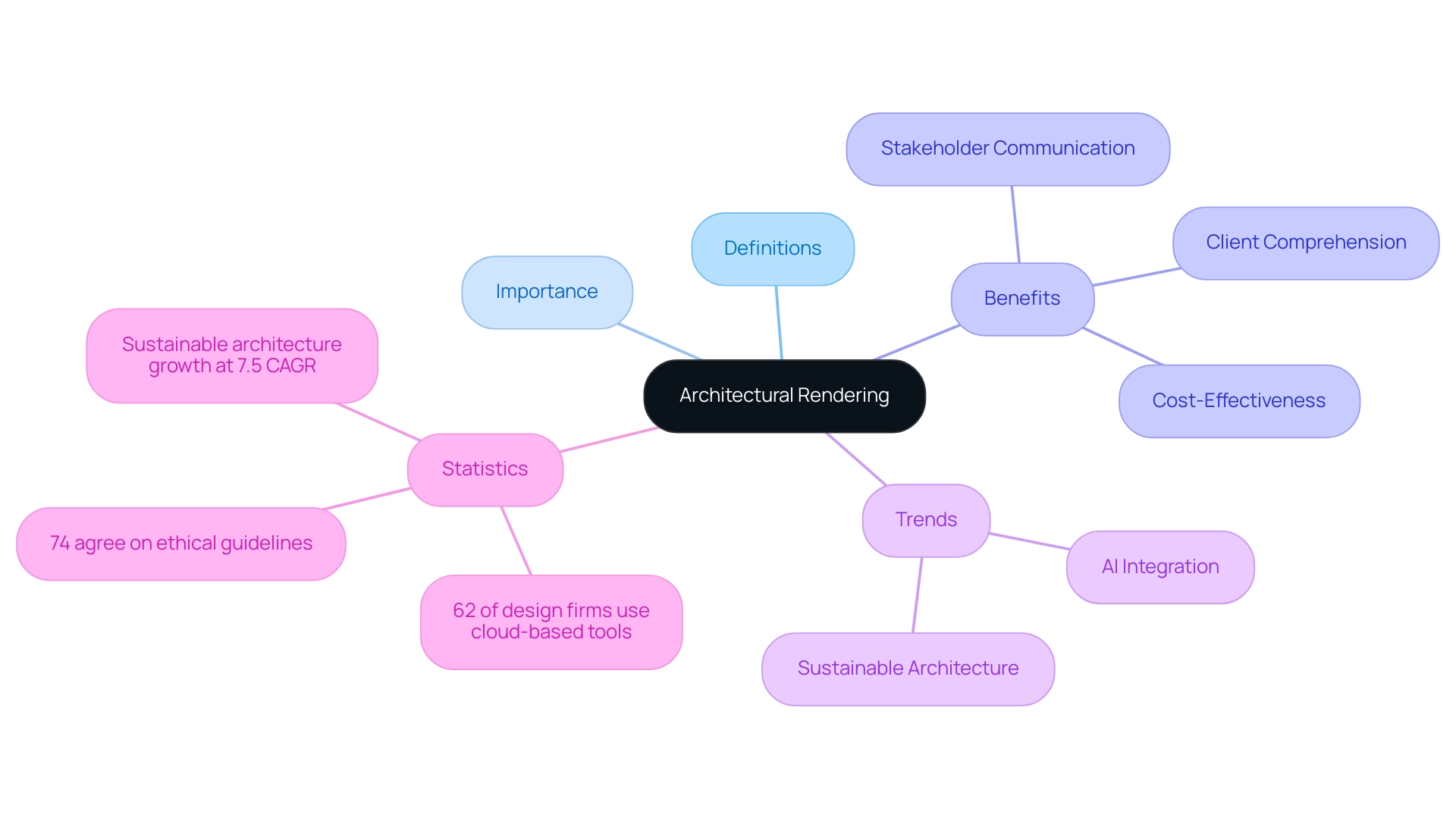
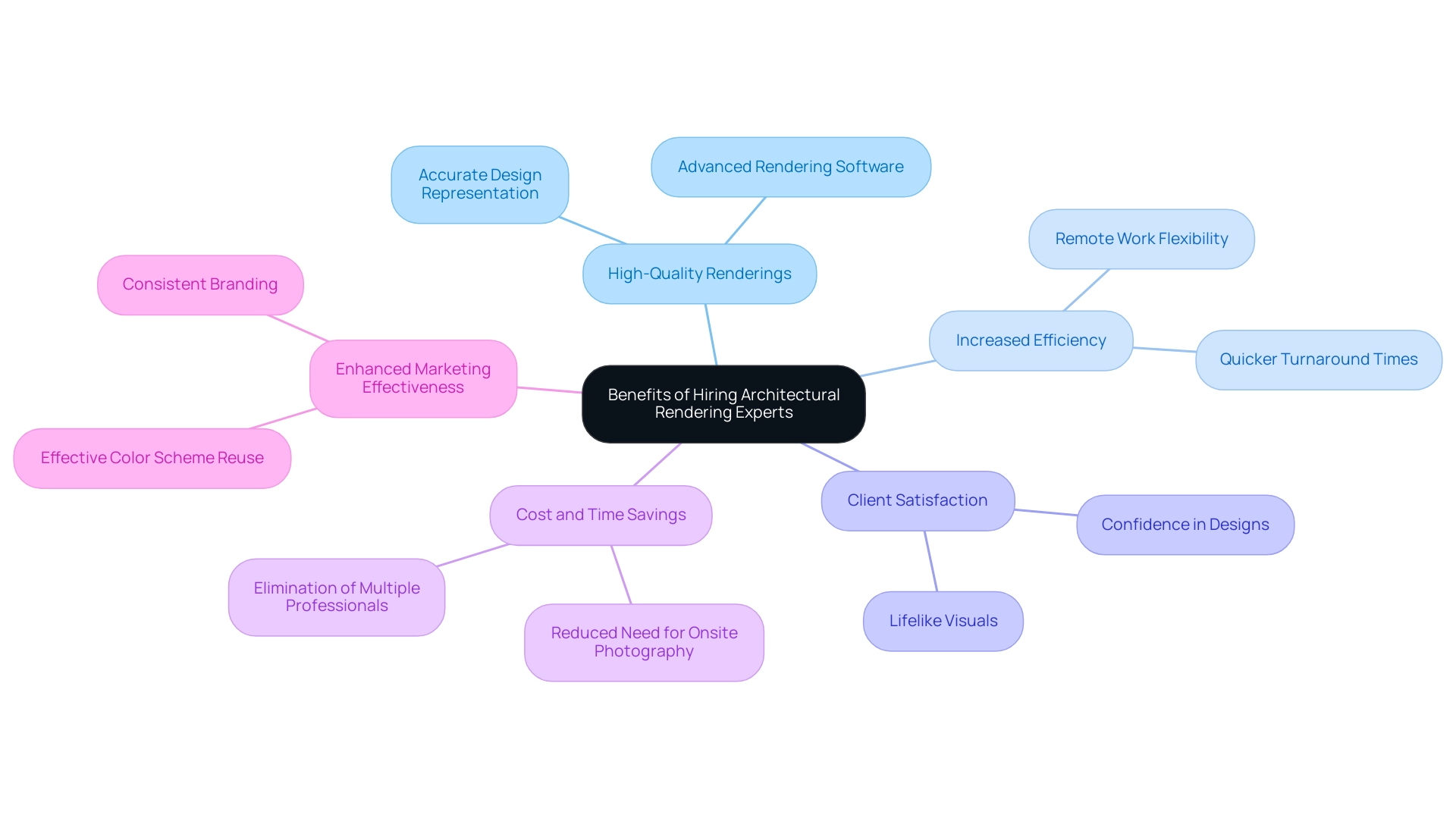
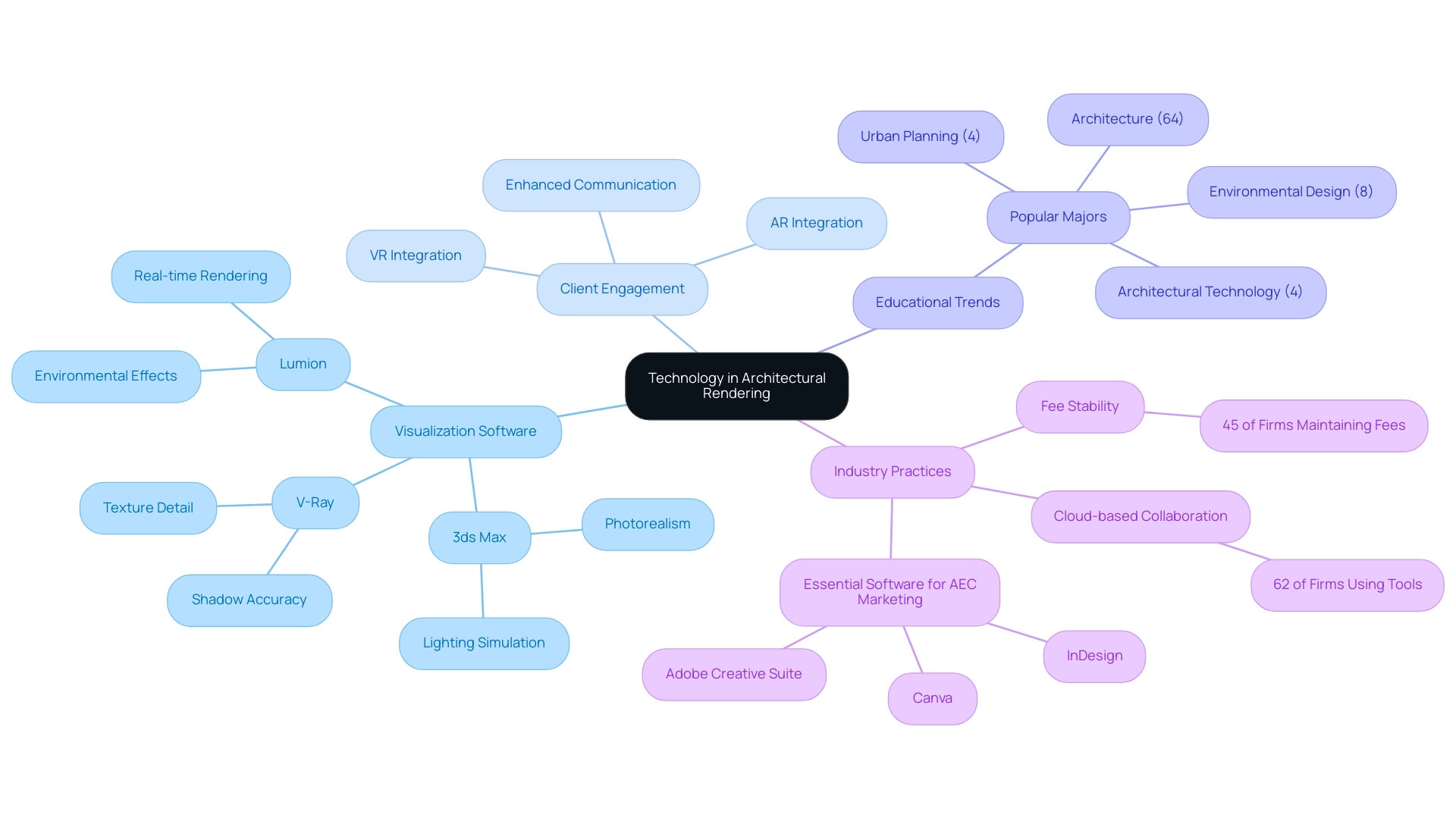
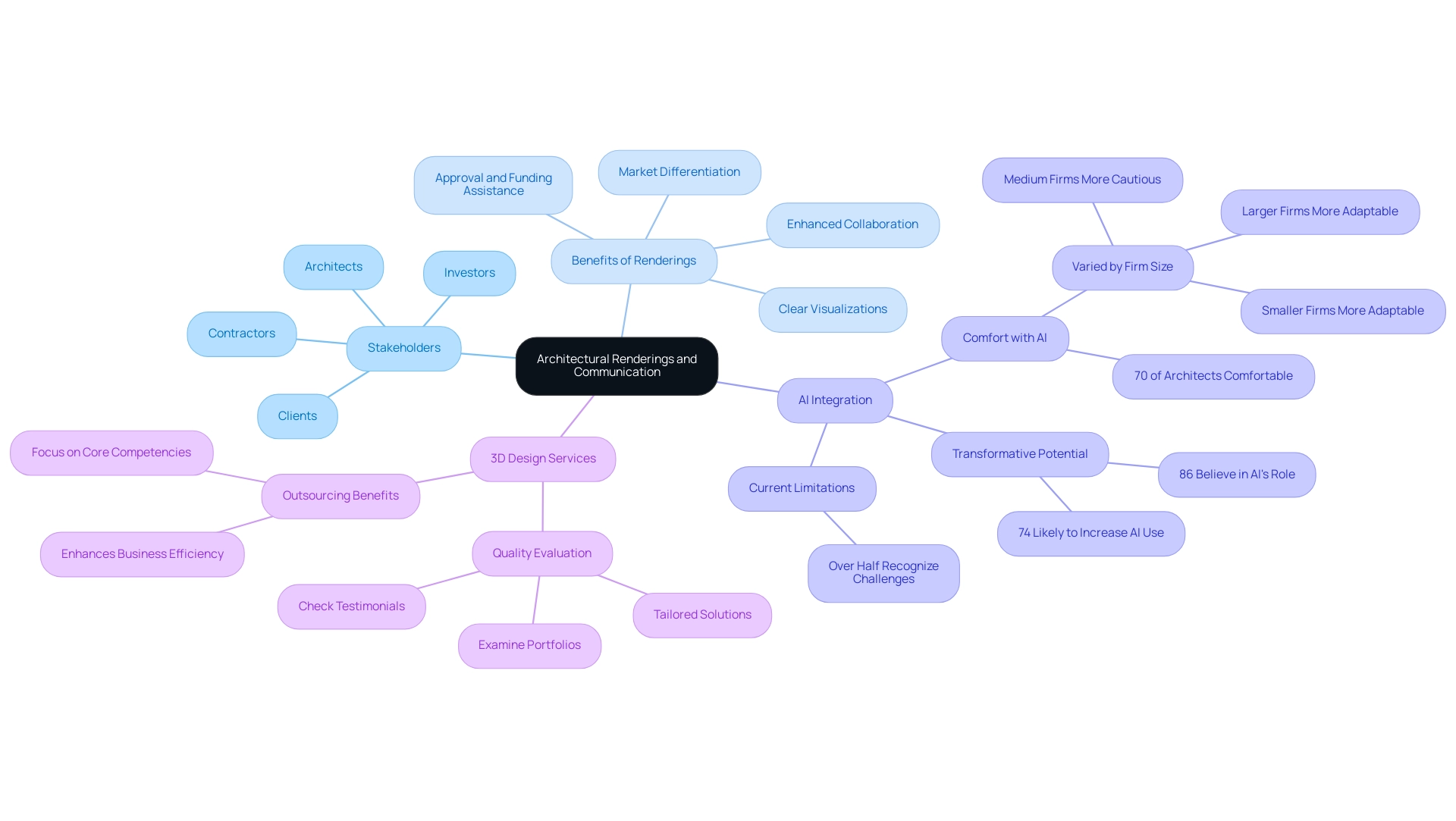
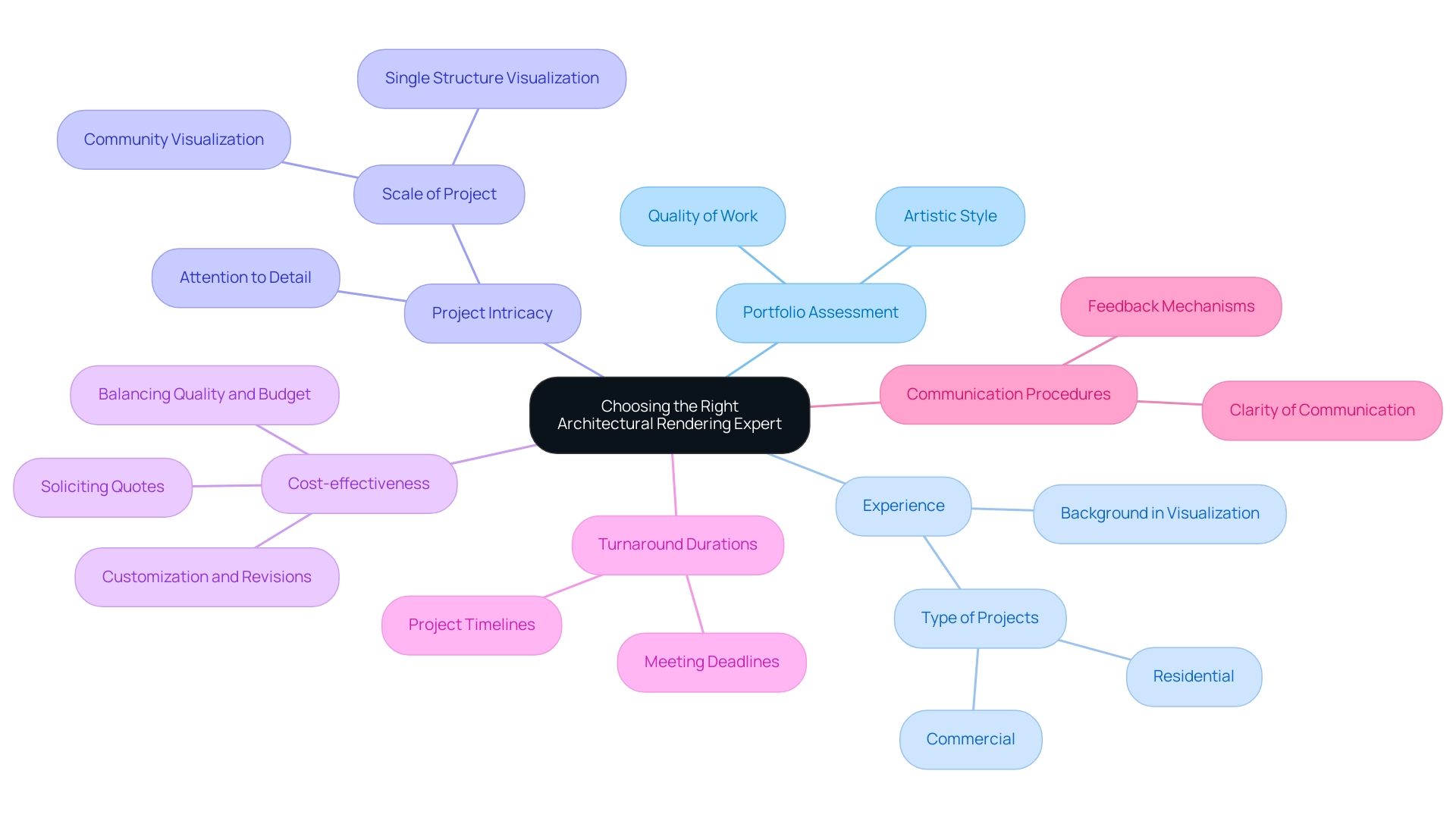
0 Comments